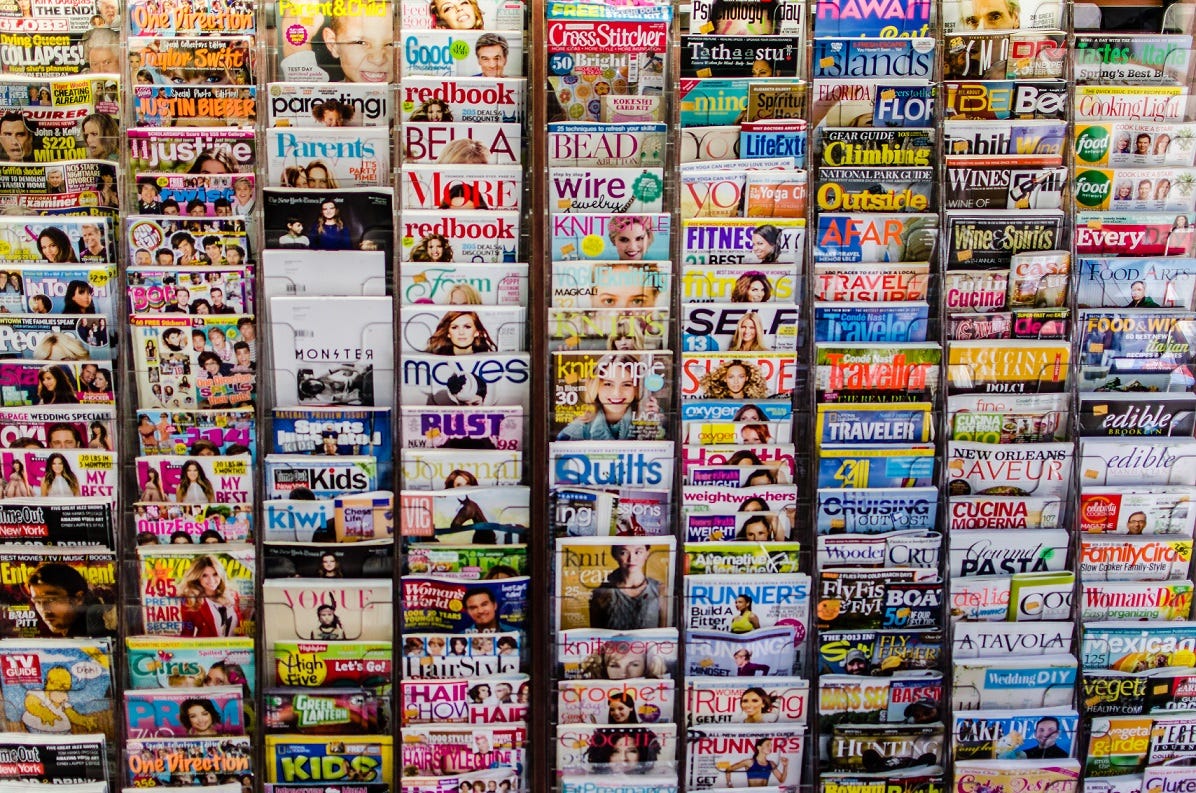
…In case you’re just joining us, it’s not a great time to be in journalism!
Countless stories are being written about how bad it is out here. A lot of really talented people have left the game over the decade and it scares me to think that an entire generation of culture is going to be gone. We idolize writers and artists who have work that stands the test of time, but what happens when those writers and artists leave the industry before their time comes due to lack of opportunity? The whole thing is really depressing.
You know that one guy (it’s always a guy) that thinks they can do any job? Buddy can’t walk and chew gum at the same time but thinks he can be a CEO or the President (to be fair, the bar is currently lower than it’s been in a long time)? I’m going to do that right now. EXPERIMENT TIME. Let’s make a magazine!
I haven’t worked for a magazine full-time so I can’t sit here and pretend like I know offtop how the business side runs. I started researching and the magazine supply chain goes essentially like this:
You make a magazine.
You print your copies.
You sell copies to distributors.
They sell those copies to retailers...
...Who then sell it to readers.
Nearly all retailers stock your title on commission, meaning they only pay the distributor when they sell a copy, meaning the distributor only pays you at that time, meaning you take on 100% printing risk.
Large distributors will often charge you for taking on your title and are, therefore, incentivized to ask you for many times more copies than they will actually sell. While large-format bookstores aren’t as prevalent as they used to be, there are still large retailers who charge fees for reasonable shelf placement. A good example of these retailers? The airport.

Now, after laying all of that out, can you understand why most publications have a very difficult time selling ads and why media is in the shape it’s in? Do you see why nobody in their right mind would ever start a magazine? Lucky for us, this is just an experiment.
Step 1: Let’s buy a magazine!
In this fever dream, your boy has come into some money via a very successful investment into Litecoin 3 years ago. Flush with cash, I’m going to live my dream of being a magazine publisher (I was an inside kid!). Because I’m lazy, I’m going to breathe new life into a defunct magazine rather than create something new.
We’re gonna bring back GIANT magazine.

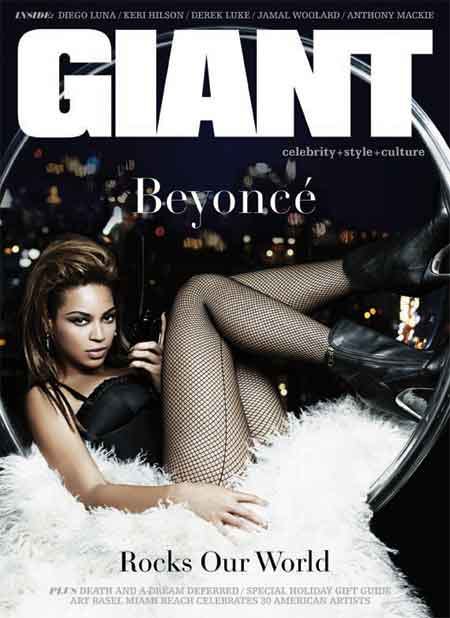
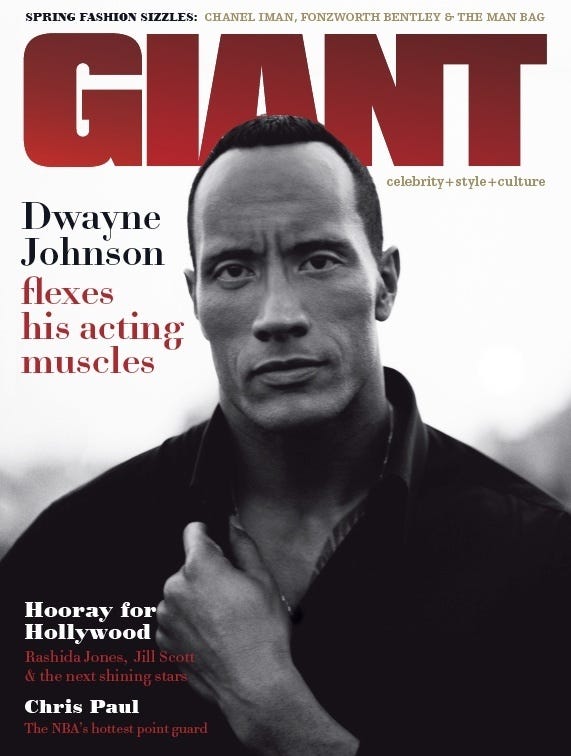
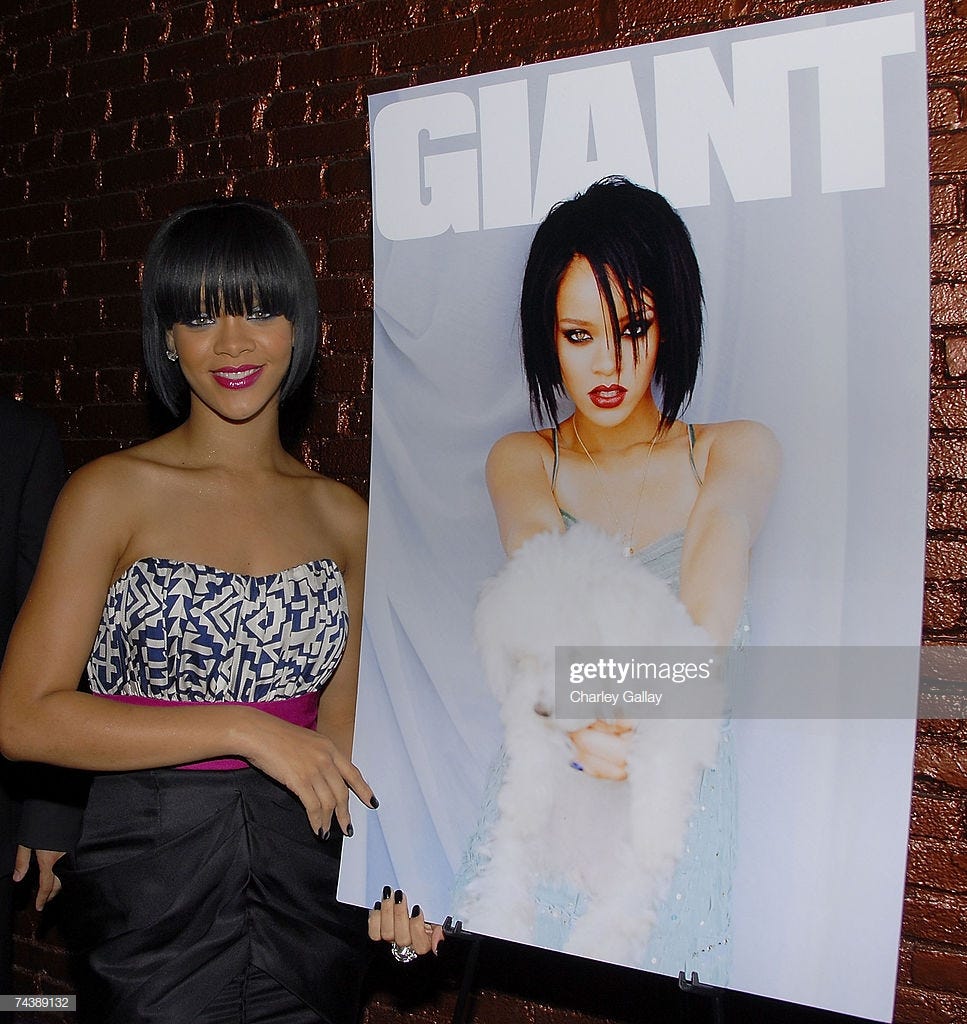
The magazine went defunct in 2009. Per it’s Wikipedia page, "Giant (stylized as GIANT) was a men's magazine based in New York City geared to the urban music market. It began in October 2004 as a bimonthly publication catering to the interests of 20-something men, focusing on pop culture including reviews of video games, movies, fine tobacco, music, everyday happenings and celebrity interviews.”
If you’re wondering, Radio One paid around $270K for the magazine before shuttering it. Oh, one more thing…
Our fantasy publication isn’t based in NYC or Los Angeles. While this means we lose immediate access to celebrities and the “industry", we now have the ability to be financially stable enough to pay our editorial and business staff a living wage that’s in line with what a marketing or advertising agency would pay — remember the magazine itself isn’t the product — and actively seek to work within our communities to nurture, support and build a new generation of talent via internship programs and an annual grant for emerging writers from marginalized communities. Also, let’s stop being dumb about remote working. Our staff doesn’t all have to sit in the same place. This means one less open floor plan office in the world, HOORAY!
Step 2: Who is our audience?
I’m of the opinion that any interview with a new editor-in-chief of a publication should include the same question: “Who is your target audience?”. I think clearly defining it upfront would really remove a lot of headache seen online when a publication makes a tone-deaf decision. Like if Jay Fielden — the now former EIC of Esquire — came out from jump and said “Esquire’s target audience is 35-54 white men who make 200k+ a year” publicly vs having it hidden away in a media kit —also, why are all magazine media kits either look like spa menus or a crappy PDF slideshow from 2004? — then this wouldn’t have probably been as big of a deal.
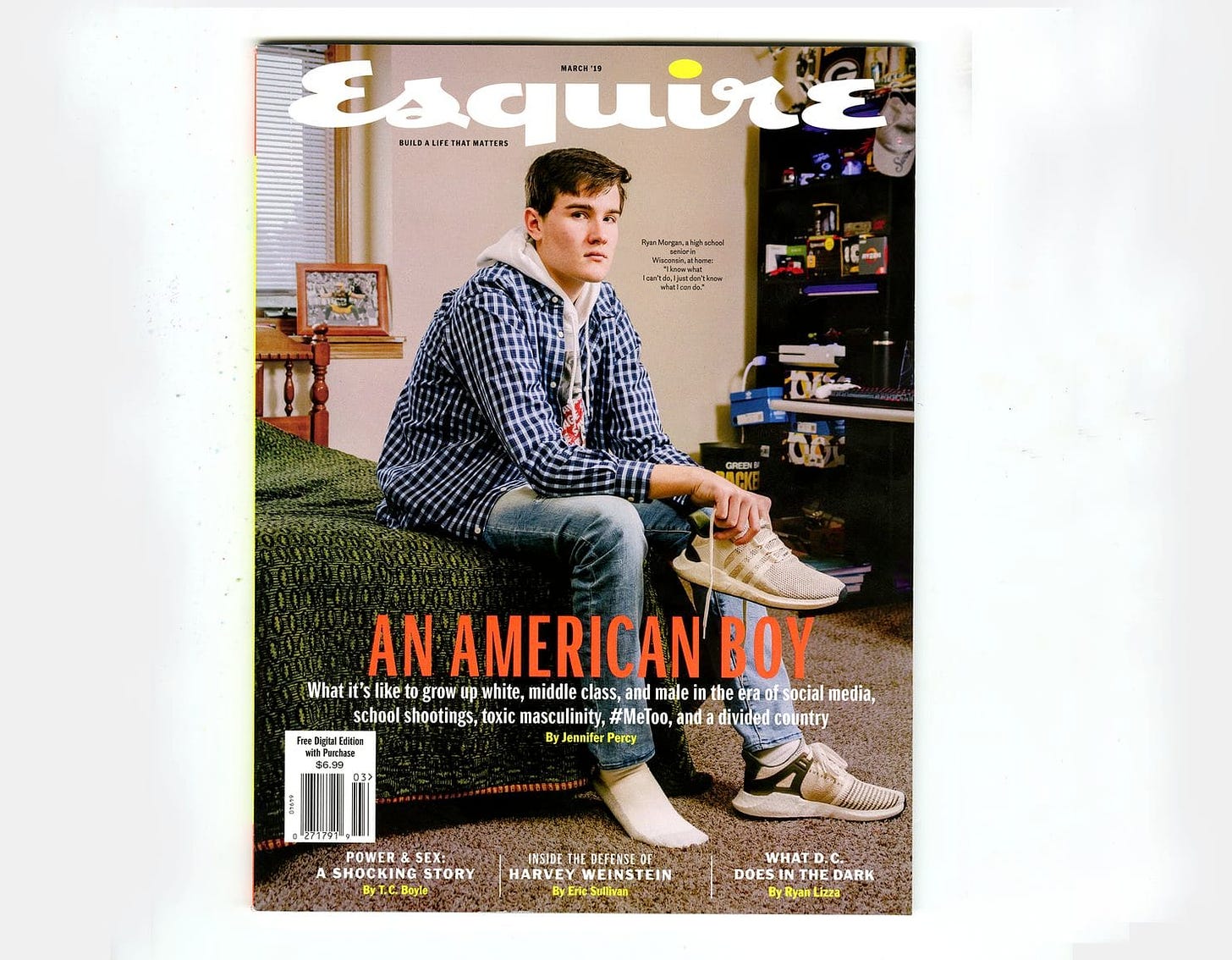
(BEING CLEAR: It would have still been tone-deaf, but there would have at least been context!)
In this experiment, our target demographics for this magazine will be:
“The Jeffersons” (upwardly mobile non-white Americans aged 25 - 40 making 80k+ a year)
“Cool Whites!” (culturally-savvy white Americans aged 25-40 making 85k+ a year)
Why these audiences? Defining these audiences now saves us time in the biz dev process as our sales team now can identify potential partners as well as brands that also target these demos. It also helps with editorial.
NOTE: In my opinion, this part is usually where things go bad! Often times, products are created without a target audience in mind, aiming to either spray n’ pray— If you’re ever working with a brand and they say their target audience is “everyone”…RUN!—or only appeal to their immediate friend group, a concept we’ll explore later.
Step 4: What is our real product?
There’s a class of print magazines that have become lifestyle products like fancy sneakers or fancy cheese or a Peloton. These magazines can now seen culturally as a status symbol used to designate the taste of the person reading them. If you’ve been to a men’s store in the last 8 years, you’ve seen them:
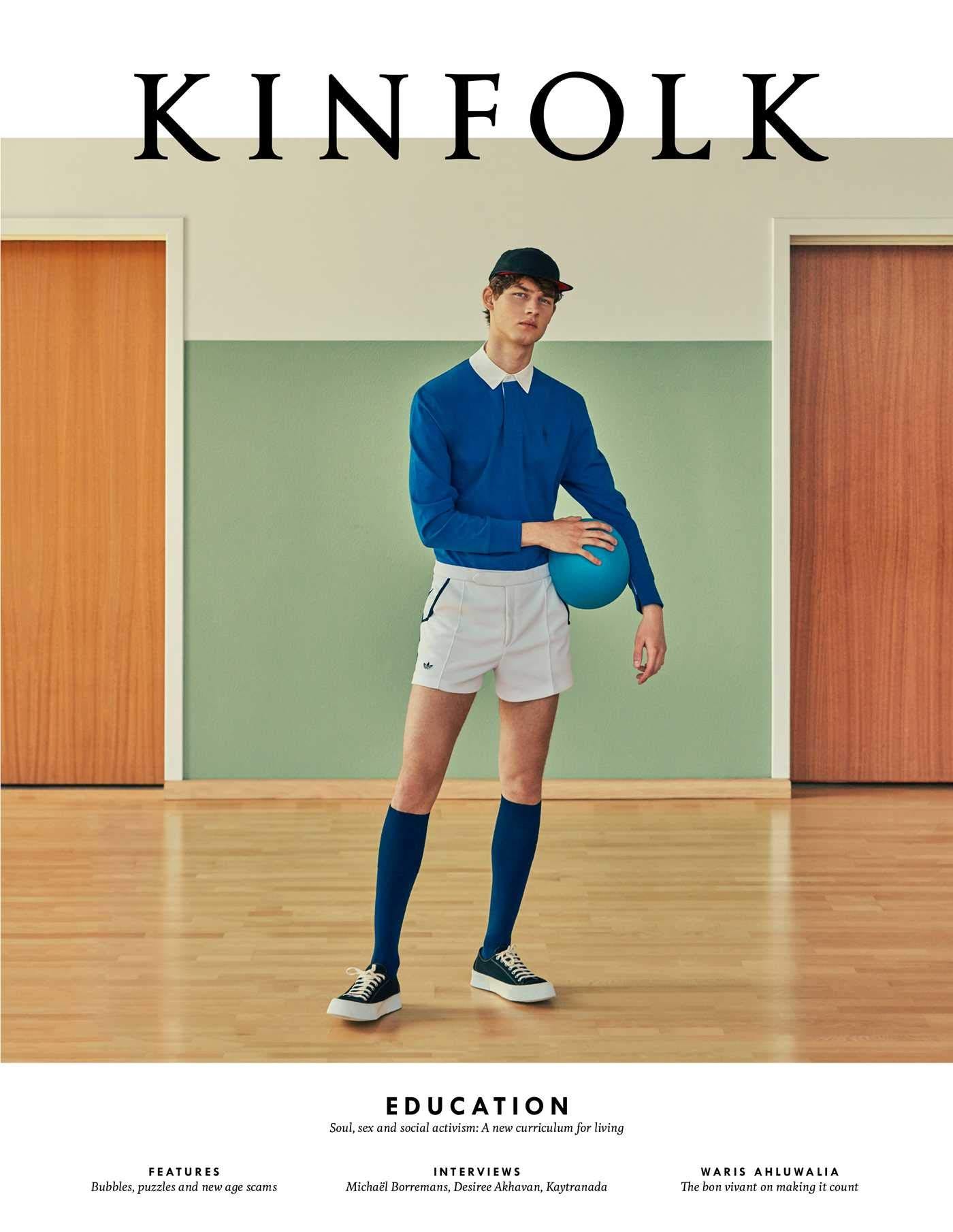
GIANT 2.0 will be one of these fancy ass magazines. Per my previous example, Let’s aim to make something cool that everyone wants to be a part of vs trying to appeal to everyone. Now, while the magazine itself is a product to be sold, we need to take Steve Daniels advice here: "The question is not “What does my audience want to read?” but “What does my audience want to buy?”
Now, we’ve done the research on our audience so we know they love the following things:
Entertaining — a umbrella for Food/Drink content?
Sports
Music
Tech — think early majority on the influencer curve. They know how to use everything, but are always wanted to learn more.
Weed — The time is here. Let’s talk about it the way we talk about booze. Cannabis culture is not just “here is a cool grinder that costs $200!”.
Travel — our demo does a lot of domestic travel for work, maybe 1-2 international trips a year like vacation or a friends destination wedding.
(Affordable) Fashion — These folks have statement pieces in their closet but will just as easily get a Uniqlo or J. Crew fit off and not think twice
Gossip
Writing — our demo loves a good story, so we’ll hit them with a blend of original fiction and non-fiction.
Sex
Now, the real test: What product can we create around our brand that will differentiate the brand from the competition? THIS is our real product.
For this example, we’ll take a cue from The FADER and VICE here: We just so happen to be really really good at marketing and advertising to our audience so we’re going to start an in-house content agency that works with partner brands to develop original and authentic content to sell partner brand products to our audience. Feel free to come up with a name in your head. Our sponsorship team also aggressively pursues sponsorship from MPS-led companies who want to access our audience via our platform. For the uninitiated, “MPS” = the usual corporate hierarchy: Male, Pale and Stale.
Step 4: Digital
Twitter for conversations/shit talking.
IG for images.
Podcasts + videos if our staff wants to make them.
Dribbble page to showcase our designers.
Facebook because we have to until we don’t have to.
Step 5. Masthead
GIANT MAGAZINE 2.0
President and Publisher - Ernest Wilkins (duh)
Editor-in-Chief - Rawiya Kameir
Editorial Director: Jason Parham
Culture Editor (overseeing travel, sports, weed and original writing): Foster Kamer
Lifestyle Editor: (overseeing fashion, gossip, music and entertaining): Julianne Escobedo Shepard
Design Director: Shaz Madani
Photo Director: Brian Cassella
Editor(s) at Large aka “They can do whatever the fuck they want whenever they want”
Jessica Hopper, Jazmine Hughes, Taffy Brodesser-Akner, Jenna Wortham, Kiese Laymon, Roxane Gay, Danyel Smith, Elliott Wilson, Mara Shalhoup, Nick Catchdubs, Emma Carmichael, Naomi Zeichner
Contributing Writers:
Wesley Morris, Rachel Kaadzi Ghansah, Molly Lambert, Judnick Mayard, Pablo Torre, Craig Jenkins + Gary Suarez (in my fantasy world, they’d have a podcast together where they argue about music), Eddie Huang, Doreen St. Felix, Yoh, Rembert Browne, Isabelia Herrera, Hunter Harris, Maura Johnston, Todd Burns, Claire Lobenfeld, Jeff Weiss, Amanda Mull, Mina Kimes, Jessica Pressler, Natalie Weiner, Amos Barshad, Christina Lee, Hua Hsu, Jia Tolentino, Paul Thompson, Nikole Hannah Jones, Katie J.M. Baker, Cory Townes, Bomani Jones, Samantha Irby, Nicole James, Vanessa Grigoriadis, Hannah Giorgis, Meaghan Garvey, Carly Fisher, kris ex, Kate Bernot, Anne Helen Peterson, Britt Julious, Kevin Coval, timmhotep aku, Doree Shafrir, Jay Caspian Kang, Rachel Kaadzi Ghansah, David Drake, Alphonse Pierre, Cord Jefferson and everyone on the Beotis Creative roster.
Step 6: PROFIT?
If you enjoy Office Hours, I hope you’ll consider a paid subscription. Paid subscriptions allow for a better newsletter from me which means more value for you. In addition, paid subscribers will receive exclusive newsletters and early access to the live Office Hours tapings!
YOUR HOMEWORK FOR THE WEEK:
Why Is Everyone Always Stealing Black Music?
The Master of Spin
Arnold Palmer, IMG and the 'Handshake' That Started the Modern Sports Industry
TUNES:
Songs You Forgot from the 2010’s
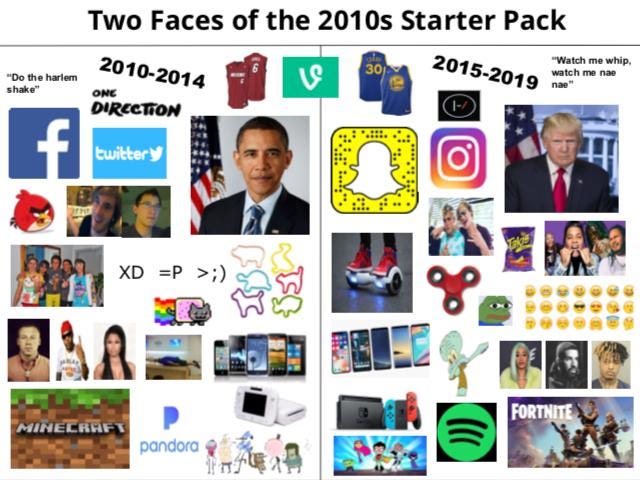
Speaking of magazines…
It’s year-end list time and I’m kind of bored with the whole thing. Add to that the massive “Best of 2010’s” undertakings, it’s way too much to try and navigate, not to mention how repetitive the lists are. God forbid we forget about My Beautiful Dark Twisted Fantasy!
I took a different approach. In my opinion, the best way to remember music is by association with a specific time in your life. I also think that in the the pursuit of making a “quality” list, editorial staffs forget the songs that actually powered our lives.
This is a playlist of the dumb random songs that you forget about until you hear them randomly and are transported back to a less responsible time in life. That’s how I want to remember this decade.
I’m going to keep adding things over the next month or so because I forgot about a lot of these songs until I started making this playlist, so I’m expecting to stumble upon more. As always, reach out if you have thoughts or suggestions (or if you want me to make this playlist on Apple Music or Tidal).
If you enjoyed this story, forward to a friend and tell them to sign up for the newsletter!
Office Hours is written by Ernest Wilkins.Follow me everywhere @ErnestWilkins or email me here.


